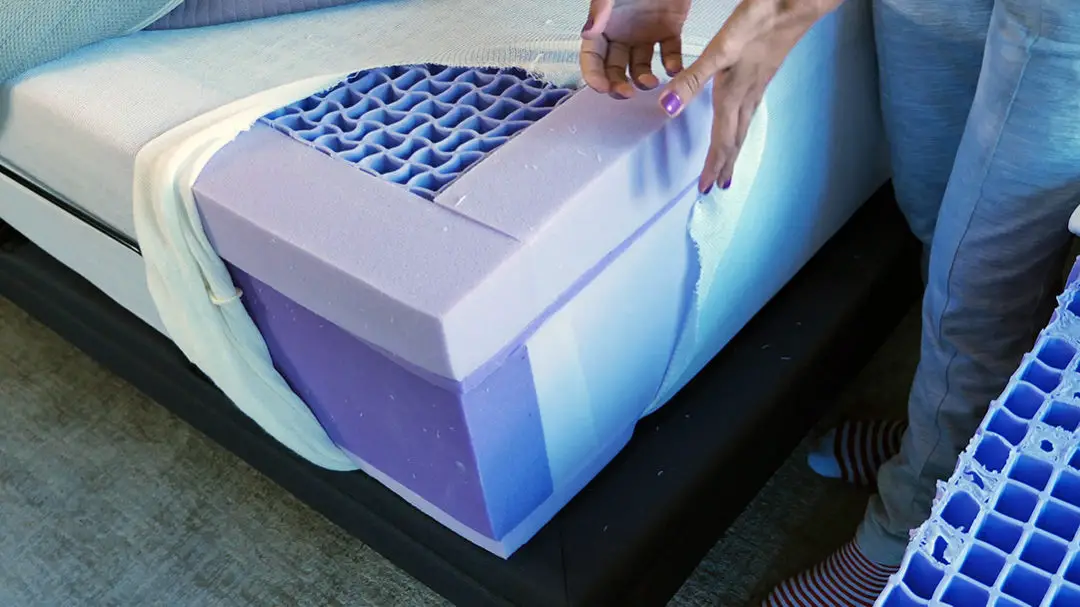If you're in the market for a new bathroom sink faucet, you may have noticed that there are a lot of options out there. From different finishes to unique designs, it can be overwhelming trying to choose the perfect faucet for your bathroom. However, before you make your decision, it's important to understand the anatomy of a bathroom sink faucet. Knowing the different components and how they work together can help you make an informed decision and ensure your faucet functions properly for years to come. Faucet Anatomy: A Guide to Understanding Your Bathroom Sink Faucet
At first glance, a bathroom sink faucet may seem like a simple fixture, but it actually consists of several parts that work together to control the flow of water. Let's take a closer look at each of these components and what they do. The Anatomy of a Bathroom Sink Faucet: Explained
Spout - This is the part of the faucet that extends over the sink and delivers the water. Spouts can come in various shapes and lengths, allowing you to customize the look and functionality of your faucet. Handles - These are the knobs or levers that control the flow and temperature of the water. Most faucets have separate hot and cold handles, while some may have a single handle that controls both. Cartridge - This is the mechanism that controls the flow of water and mixes hot and cold water to reach the desired temperature. It is typically located inside the handle and can be made of various materials such as brass or ceramic. Aerator - This small mesh screen is located at the end of the faucet and helps to control the water flow. It also helps to reduce splashing and can improve the overall water pressure. Drain - While not technically part of the faucet, the drain is an essential component of your bathroom sink. It allows water to flow out of the sink and into the plumbing system. Understanding the Parts of Your Bathroom Sink Faucet
Now that you know the main components of a bathroom sink faucet, let's dive deeper into some of the key features and options available. Finishes - Faucets come in a variety of finishes, such as chrome, brushed nickel, and oil-rubbed bronze. The finish not only affects the appearance of your faucet but can also impact its durability and maintenance requirements. Handles - As mentioned earlier, handles can come in different styles, including knobs, levers, and cross handles. Consider which type of handle is most comfortable and convenient for you to use. Spout Style - The spout can also come in various shapes and lengths, such as a high arc or a straight spout. Your sink and personal preference will play a role in selecting the right spout style for your faucet. Mounting Options - Faucets can be mounted in different ways, such as on the sink itself or on the wall above the sink. Choose the mounting option that best fits your sink and bathroom design. Sink Faucet Anatomy: What You Need to Know
Beyond the visible components of a faucet, there are also internal mechanisms that play a crucial role in its functionality. Valves - These control the flow of water and are activated when you turn the handles. There are several types of valves, including compression, ball, cartridge, and ceramic disc. Supply Lines - These are the pipes that connect the faucet to the water supply. They can be made of various materials and may need to be replaced over time to prevent leaks. Mounting Hardware - This includes all the nuts, bolts, and screws that are needed to install and secure the faucet to the sink or wall. The Inner Workings of a Bathroom Sink Faucet
Now that you have a better understanding of the different components of a bathroom sink faucet, let's take a closer look at how they all work together. When you turn the handles, the valves open, allowing water to flow through the supply lines and into the spout. The aerator then mixes the hot and cold water to reach the desired temperature, and the water flows out of the spout and into the sink. When you turn off the handles, the valves close, stopping the flow of water. A Closer Look at Bathroom Sink Faucet Anatomy
To summarize, the main components of a bathroom sink faucet are the spout, handles, cartridge, aerator, and drain. Understanding how these parts work together can help you choose the right faucet for your bathroom and troubleshoot any issues that may arise. The Components of a Bathroom Sink Faucet
Now that you're familiar with the anatomy of a bathroom sink faucet, you can confidently browse through different styles and options and find the perfect faucet for your space. Remember to consider factors such as finishes, handles, spout style, and mounting options, as well as the internal mechanisms that make your faucet function. With this knowledge, you can make an informed decision and enjoy a functional and stylish bathroom sink faucet for years to come. Exploring the Anatomy of a Bathroom Sink Faucet
Don't let the complex design of a bathroom sink faucet overwhelm you. With this guide to its anatomy, you can decode the different parts and features and make an informed decision when it comes to choosing the perfect faucet for your bathroom. Keep in mind the various styles, finishes, and internal mechanisms, and you'll be sure to find a faucet that not only looks great but also functions flawlessly. Decoding the Anatomy of a Bathroom Sink Faucet
In conclusion, a bathroom sink faucet is composed of several parts, including the spout, handles, cartridge, aerator, and drain. These components work together to control the flow of water and provide both hot and cold water at your desired temperature. Consider the various styles, finishes, and mounting options to find the perfect faucet for your bathroom, and don't forget about the internal mechanisms that make your faucet function. Armed with this knowledge, you can confidently choose and install a bathroom sink faucet that meets your needs and enhances your bathroom's overall design. The Basics of Bathroom Sink Faucet Anatomy
The Importance of Choosing the Right Bathroom Sink Faucet Anatomy

Factors to Consider
 When designing your dream house, it's important to pay attention to every detail, no matter how small it may seem. This includes the
bathroom sink faucet anatomy
, which plays a crucial role in the overall functionality and aesthetics of your bathroom. With a wide range of options available in the market, it can be overwhelming to choose the right faucet for your bathroom. However, by considering the following factors, you can ensure that you make the best decision for your space.
When designing your dream house, it's important to pay attention to every detail, no matter how small it may seem. This includes the
bathroom sink faucet anatomy
, which plays a crucial role in the overall functionality and aesthetics of your bathroom. With a wide range of options available in the market, it can be overwhelming to choose the right faucet for your bathroom. However, by considering the following factors, you can ensure that you make the best decision for your space.
Water Efficiency
 One of the key factors to consider when choosing a bathroom sink faucet is its water efficiency.
Water conservation
has become a top priority in today's world, and selecting a faucet with a low flow rate can help you save significant amounts of water and money on your water bill. Look for faucets with the WaterSense label, which indicates that they meet the Environmental Protection Agency's (EPA) water efficiency and performance standards.
One of the key factors to consider when choosing a bathroom sink faucet is its water efficiency.
Water conservation
has become a top priority in today's world, and selecting a faucet with a low flow rate can help you save significant amounts of water and money on your water bill. Look for faucets with the WaterSense label, which indicates that they meet the Environmental Protection Agency's (EPA) water efficiency and performance standards.
Style and Design
 The bathroom sink faucet anatomy also plays a significant role in the overall style and design of your bathroom. There are various styles of faucets, including
traditional
,
modern
, and
contemporary
, each with its own unique features and finishes. Consider the overall aesthetic of your bathroom and choose a faucet that complements it. Additionally, think about the functionality of the faucet, such as the height and reach of the spout, and whether you prefer a single or double handle.
The bathroom sink faucet anatomy also plays a significant role in the overall style and design of your bathroom. There are various styles of faucets, including
traditional
,
modern
, and
contemporary
, each with its own unique features and finishes. Consider the overall aesthetic of your bathroom and choose a faucet that complements it. Additionally, think about the functionality of the faucet, such as the height and reach of the spout, and whether you prefer a single or double handle.
Durability and Maintenance
 Investing in a high-quality bathroom sink faucet can save you from the hassle of frequent repairs and replacements.
Brass
and
stainless steel
faucets are known for their durability and resistance to corrosion, making them popular choices for bathrooms. Additionally, consider the maintenance required for the faucet, such as the ease of cleaning and the availability of replacement parts.
Investing in a high-quality bathroom sink faucet can save you from the hassle of frequent repairs and replacements.
Brass
and
stainless steel
faucets are known for their durability and resistance to corrosion, making them popular choices for bathrooms. Additionally, consider the maintenance required for the faucet, such as the ease of cleaning and the availability of replacement parts.
Budget
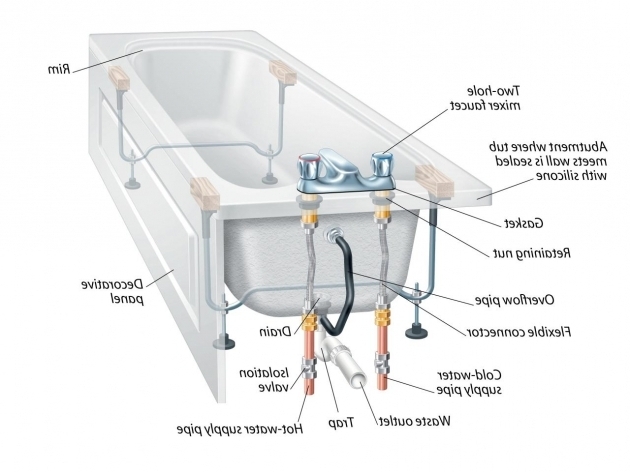 Last but not least, it's important to consider your budget when choosing a bathroom sink faucet. While there are many luxurious and high-end options available, there are also affordable options that offer both style and functionality. Remember to factor in the long-term costs, such as water efficiency and durability, when making your decision.
Last but not least, it's important to consider your budget when choosing a bathroom sink faucet. While there are many luxurious and high-end options available, there are also affordable options that offer both style and functionality. Remember to factor in the long-term costs, such as water efficiency and durability, when making your decision.
Final Thoughts
 In conclusion, the
bathroom sink faucet anatomy
plays a crucial role in the functionality and design of your bathroom. By considering factors such as water efficiency, style and design, durability, and budget, you can make an informed decision and choose a faucet that meets your needs and enhances the overall look of your bathroom. So, take your time, do your research, and choose wisely.
In conclusion, the
bathroom sink faucet anatomy
plays a crucial role in the functionality and design of your bathroom. By considering factors such as water efficiency, style and design, durability, and budget, you can make an informed decision and choose a faucet that meets your needs and enhances the overall look of your bathroom. So, take your time, do your research, and choose wisely.


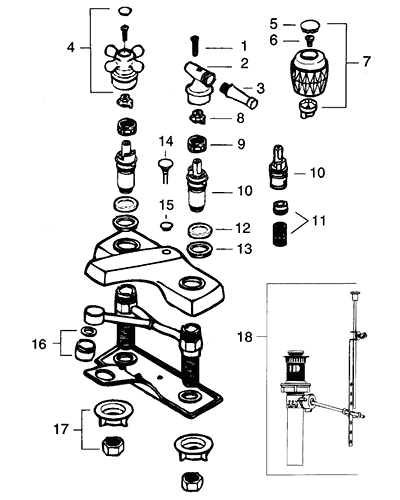

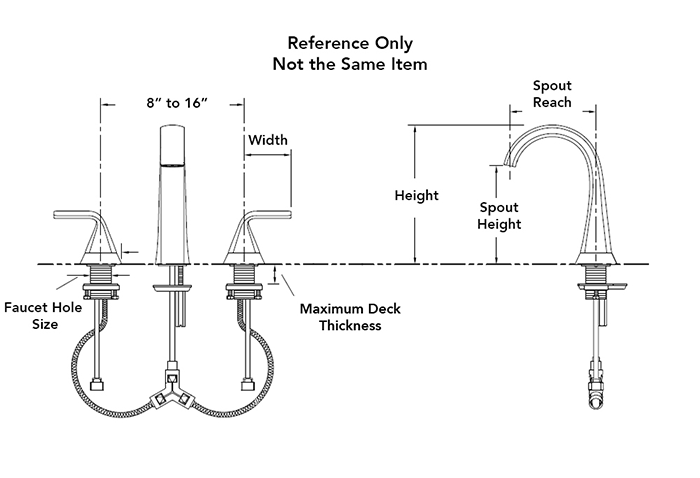


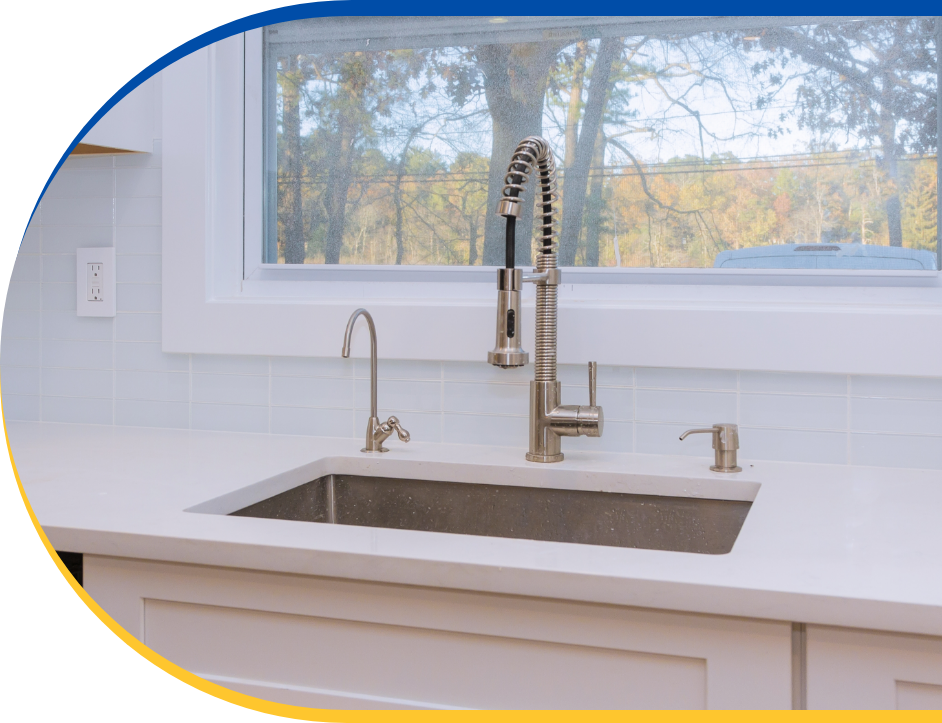







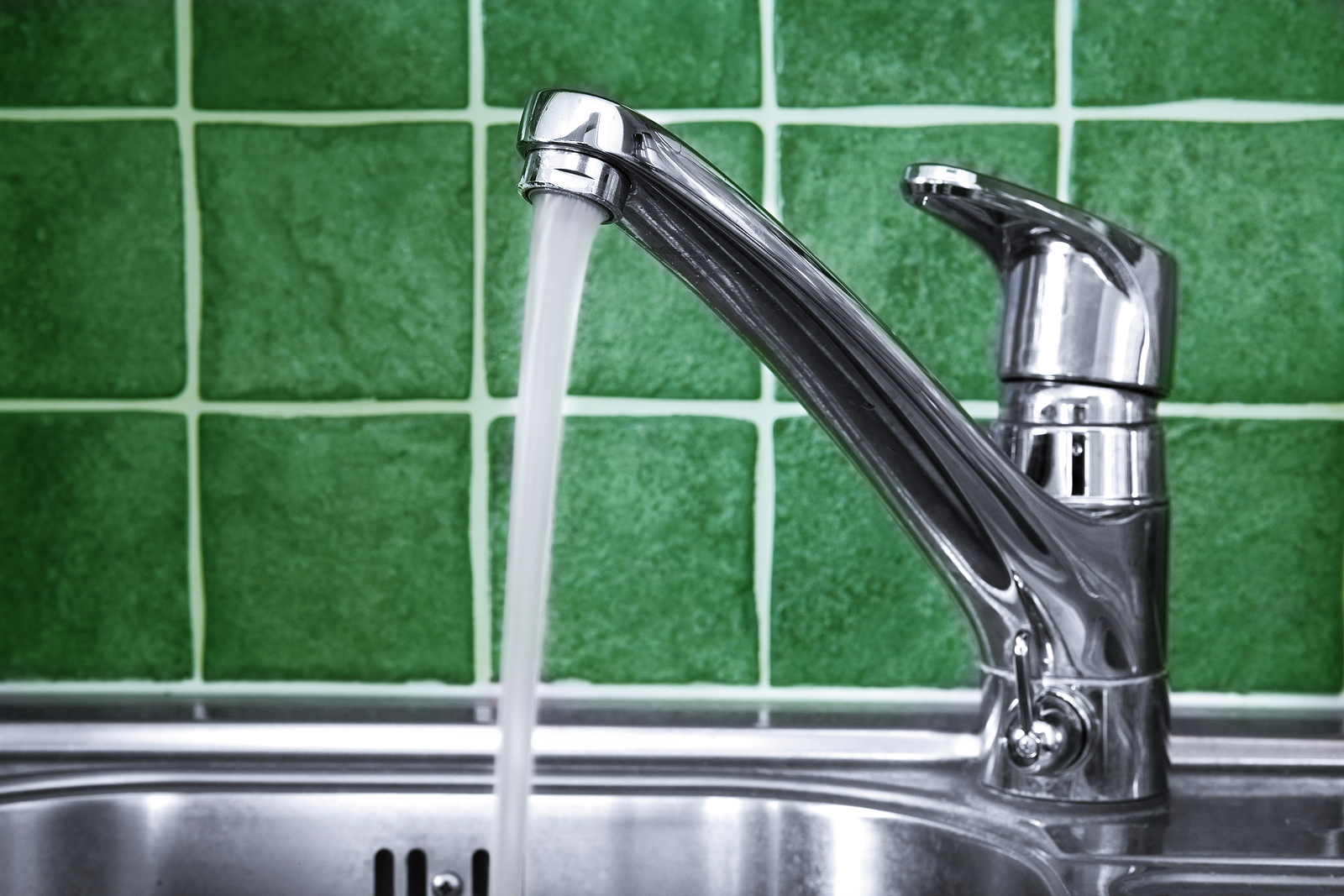




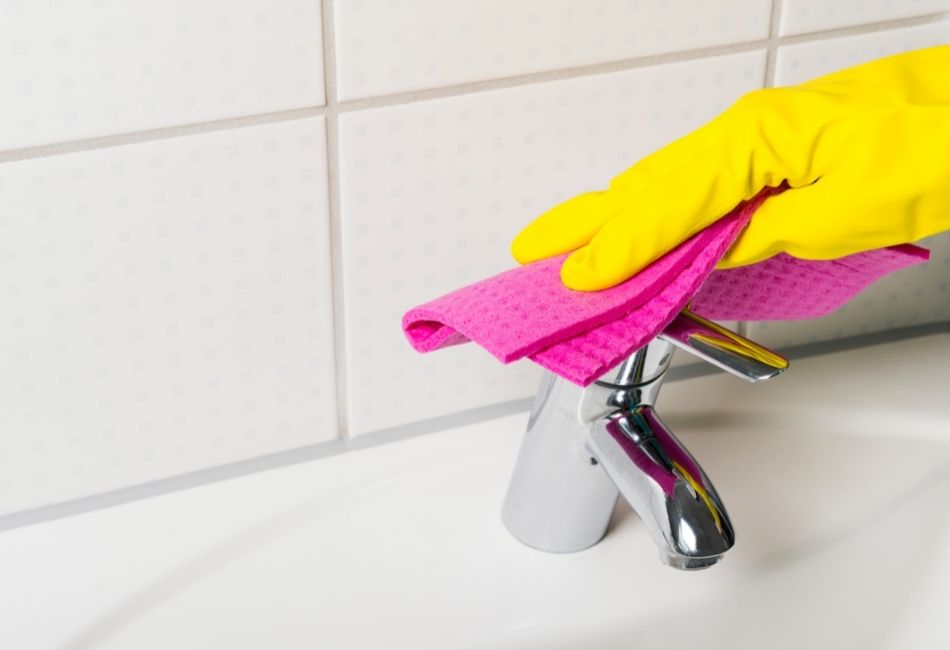


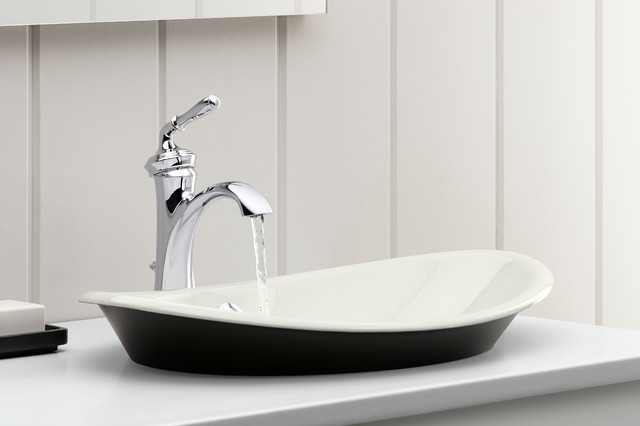








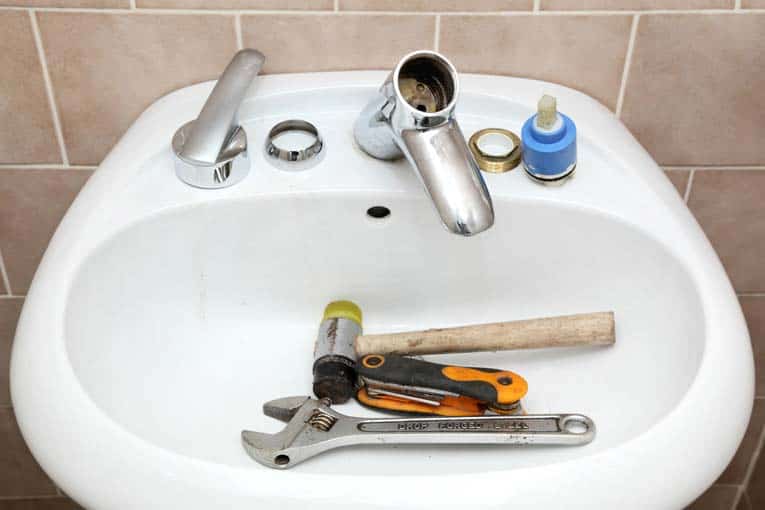



















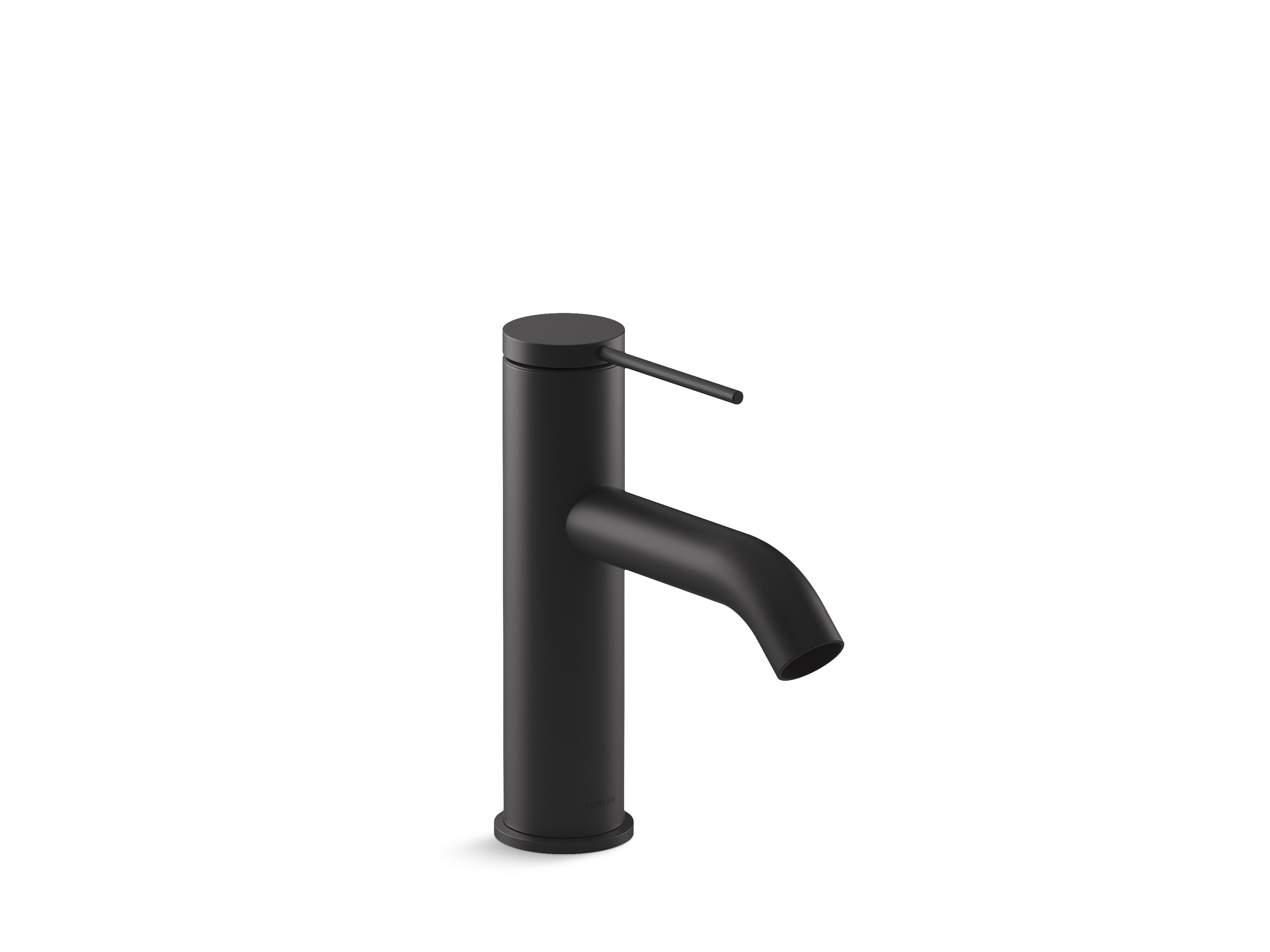




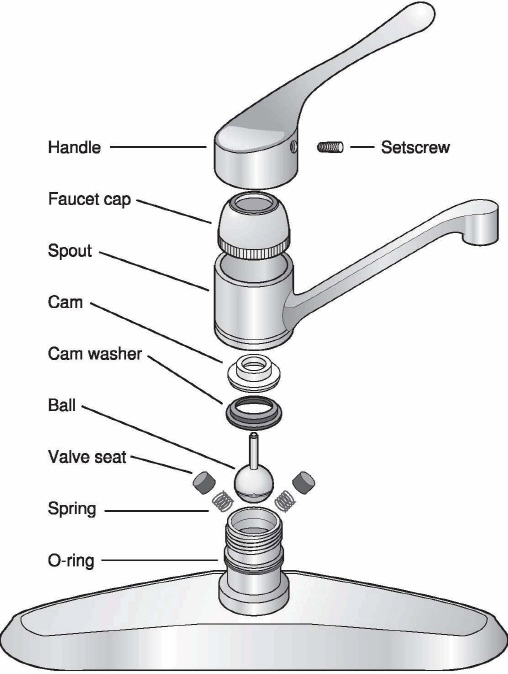













/82630153-56a2ae863df78cf77278c256.jpg)
